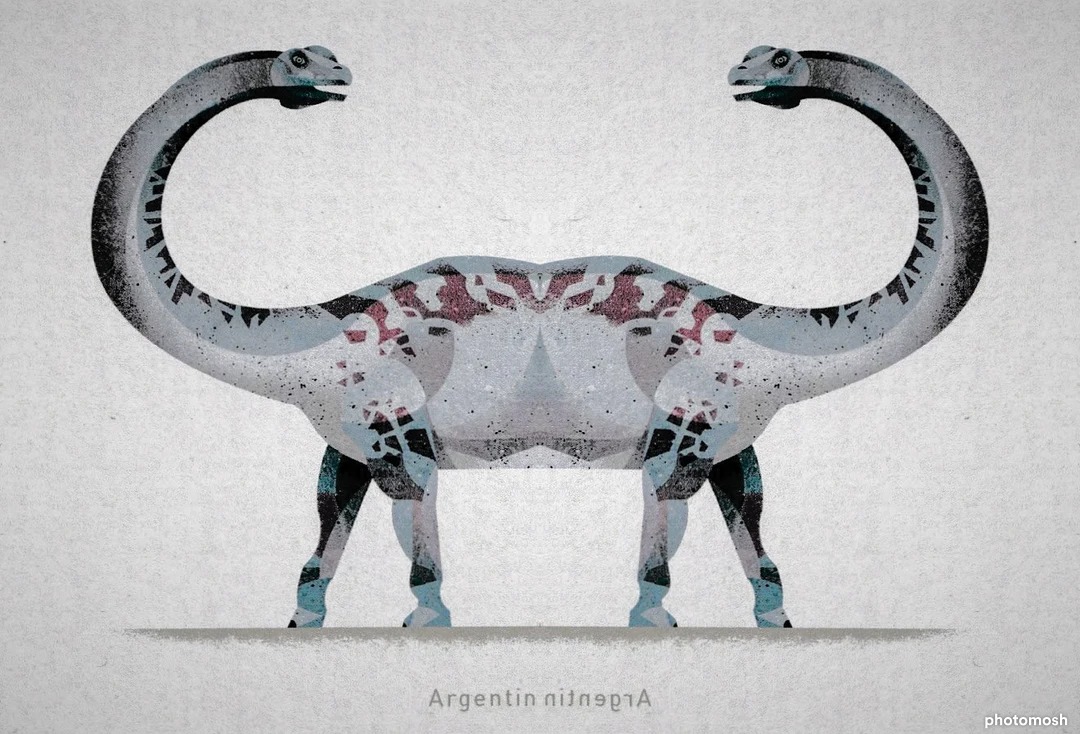Hydrasaurus (5e Creature)
Hydrasaurus[edit]
|
Huge beast (sauropod), unaligned Armor Class 17 (natural armor)
Proficiency Bonus +3 Legendary Resistance (3/Day). If the hydrasaurus fails a saving throw, it can choose to succeed instead. Two Heads. The hydrasaurus has advantage on Wisdom (Perception) checks and on saving throws against being blinded, charmed, deafened, frightened, stunned, and knocked unconscious. Wakeful. When one of the hydrasaurus' heads is asleep, its other head is awake. ACTIONSMultiattack. The hydrasaurus makes three attacks: two with its bite or slam and one with its stomp. Bite. Melee Weapon Attack: +11 to hit, reach 10 ft., one target. Hit: 20 (3d4 + 8) piercing damage. Slam. Melee Weapon Attack: +11 to hit, reach 10 ft., one target. Hit: 21 (2d12 + 8) bludgeoning damage. If the target is a Large or smaller creature, it must succeed on a DC 18 Strength saving throw or be knocked prone. Stomp. Melee Weapon Attack: +11 to hit, reach 5 ft., one prone target. Hit: 24 (3d10 + 8) bludgeoning damage. Water Jet (Recharge 5-6). The hydrasaurus exhales water in a 30-foot line that is 5 feet wide. Each creature in that line must make a DC 17 Dexterity saving throw, taking 10 (4d4) bludgeoning damage on a failed save, or half as much damage on a successful one. REACTIONSDrinker of Rivers. When the hydrasaurus is reduced to half its hit points or fewer, the hydrasaurus recharges and uses its Water Jet attack. |
Hydrasaurus, despite their name, are not related to the hydra. Instead, these two-headed beasts are an aberrant type of sauropod that is formed when two sauropod embryos fuse together in the womb. It is not exactly known how these creatures function without a method of expelling waste, though it is hypothesized that this may be accomplished through magic, or an abnormally efficient metabolism. Drinkers of Rivers. Though generally these herbivorous beasts live similar lifestyles to that of other sauropods, migrating from place to place in search of food, one trait that sets the hydrasaurus apart is its abnormally large intake of water. Though they can go without water for weeks at a time, when they do drink, they have been said to devour entire rivers, leaving the area decimated until rainfall replenishes the exposed riverbed. As a result, it is wise for people aware of this beast's presence in an area to drive it out before it needs to drink again, lest nearby farmers suffer from a devastating drought. My Own Herd. Unlike the dimwitted, two-headed ettin, this beasts' heads seem to get along and work with each other to accomplish their goals, rarely ever coming into conflict. This may be due to the hydrasaurus' ambivalent temperament and easy going lifestyle, seemingly not in a hurry to move in any particular direction, instead constantly moving aimlessly across vast distances. These beasts travel without a herd, instead choosing each other's company. Although they cannot speak, these creatures' heads do seem to understand each other on some innate level and offer each other a form of social interaction that keeps them strong willed in the face of adversity. Lost My Head. In the unfortunate circumstance of one of the hydrasaurus' heads becoming decapitated, the hydrasaurus will instantly seek to retreat from combat or from whatever hazard that has harmed it. Exceptionally vast clotting around the wound eventually stops the bleeding, and while injured in this way, the surviving head takes full control of its other "neck", making sure to keep it high above the ground to prevent further damage. While without a second head, the remaining hydrasaurus head may become sullen and even more elusive, though sometimes they may instead join a herd of sauropods while in the healing process to maintain some level of social interaction. |
Back to Main Page → 5e Homebrew → Creatures

